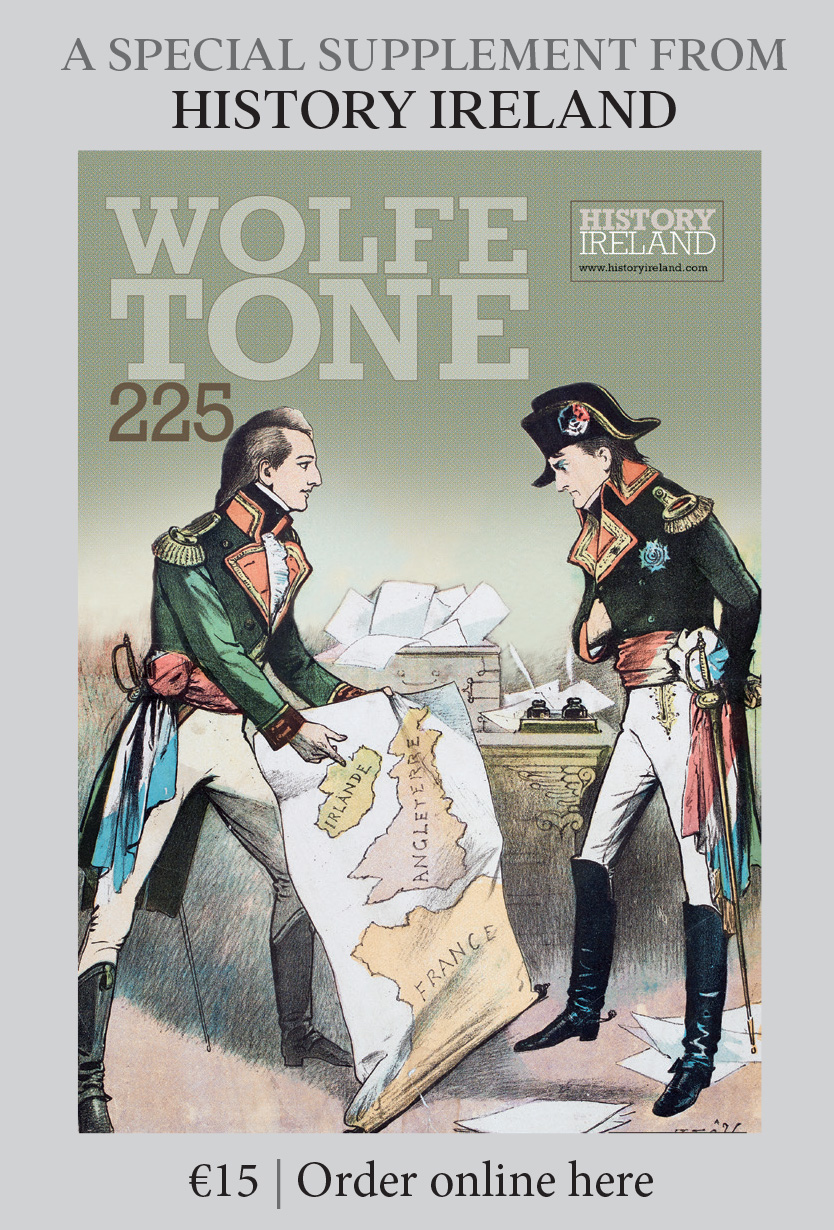June 28
Published in On this Day listing- 1922 At 4.07am a field gun fired across the River Liffey by Provisional Government forces at the anti-Treaty IRA garrison in the Four Courts marked the beginning of the Civil War.
- 1920 Members of ‘B’ and ‘C’ Companies of the 1st Battalion of the Connaught Rangers, quartered in Jullundur, Punjab, refused to soldier because of reports reaching them of atrocities being committed in Ireland by members of the Black and Tans and Auxiliaries.
- 1919 The Treaty of Versailles was signed, exactly five years after the assassination of Archduke Franz Ferdinand, which led directly to the outbreak of the First World War.
- 1914 Archduke Franz Ferdinand, heir to the Austrian throne, and his wife were assassinated in the Bosnian city of Sarajevo.
- 1963 J.F. Kennedy, president of the United States, addressed Dáil Éireann. In his speech, Kennedy had planned to quote Lord Edward Fitzgerald’s observation that his family home, Leinster House, ‘does not inspire the brightest of ideas’. The comment was suppressed by an unimpressed Eamon de Valera.
- 1922 The bombardment of the Four Courts in Dublin, occupied by an anti-Treaty IRA garrison, by the pro-Treaty National Army commences at 4am, marking the beginning of the Civil War.
- 1920 Members of ‘B’ and ‘C’ companies of the Connaught Rangers mutinied in the Punjab in protest against British atrocities in Ireland. Private James Daly was subsequently court-martialled and executed; other mutineers were sentenced to penal servitude.
- 1912 The Irish Labour Party was founded in Clonmel, Co. Tipperary.
- 1973 Elections to the NI Assembly resulted in 26 seats for unionists opposing the government’s constitutional proposals and 24 for Brian Faulkner’s Official Unionist Party, which backed the proposals.
'
















